The Borzoi – internationally known as the Barsoi – is an elegant, sensitive Sighthound from Russia. It is considered a gentle family companion but carries a massive visual prey drive (sight hunter instinct). This demands understanding, consistency, and proper management in daily life from its owners. In the Siliena Magazine, we bundle everything important about its origins, character, training, care, exercise, and health, ensuring your Borzoi lives a relaxed, safe, and fulfilling life in the modern world.
The breed places special demands on gear: stability for sprinting and, at the same time, elegance for the fine Sighthound appearance.
Table of Contents
- Origin & History of the Russian Nobility
- Appearance & Characteristics
- Character & Temperament
- Family Life & Daily Routine
- Training & Obedience
- Managing Prey Drive
- Health & Typical Issues
- Grooming & Coat of the Silken Sighthound
- Nutrition & Weight Management
- Exercise & Activity
- Apartment Living, City Life & Sighthound Rules
- Puppies & Acquisition
- Who is the Borzoi Suitable For?
- FAQ
- Breed Snapshot
Origin & History of the Russian Nobility
The Borzoi (Russian for "fast") was bred in Russia as a noble sighthound for hunting hare, fox, and even wolves. Its task was to silently track game by sight and catch it with speed and endurance. The breed was closely associated with Russian aristocracy and served as a status symbol. Through noble connections, the breed arrived in Western Europe and the USA. To this day, elegance, speed, and a calm, polite demeanor characterize the Borzoi, who mostly serves as a loyal companion dog in modern life.

Appearance & Characteristics (Neck & Chest)
The Borzoi is large, slim, and strikingly elegant, reaching up to 33.5 inches (85 cm) at the shoulder for males. The long coat is silky to slightly wavy and provides good insulation against the weather. Many colors are possible, including white, cream, gold, gray, black, and particolor variations. The expression is gentle, and the movement is springy and far-reaching. As a sighthound, it has a deep chest and long legs designed for powerful sprints.
The long, muscular neck is notable and should be considered when choosing accessories. A wide, perfectly fitting leather dog collar is ideal for optimally distributing pressure in the neck area and emphasizing the majestic appearance of the Borzoi.
Character & Temperament: The Mix of Calmness and Prey Drive
The Borzoi has a dual nature: indoors, they often display impressive tranquility, are affectionate, and seek human proximity. They are also known as "velvet paws" because they are rarely intrusive and possess a high tolerance threshold.
However, outdoors, their prey drive awakens completely, especially with sudden movement in the distance (visual cue). They are considered sensitive, polite, and at the same time independent thinkers – typical of sighthounds who had to make decisions alone over long distances. Harsh or loud training creates resistance. Clear routines, quiet signals, and reliable rules build trust.

Family Life & Daily Routine
Coexistence works well with respectful children who understand and honor the dog's body boundaries. The Borzoi is not an exuberant rough player but a gentle observer. A designated quiet spot and a stable, low-stimulus routine help them settle down. Encounters with other dogs are usually straightforward due to their polite nature, but they require distance from intrusive dogs.
For urban environments, planned routes, quiet parks, and a calm daily rhythm help. Absolute leash adherence is essential outside secured areas to manage the prey drive.
Training & Obedience: The Keyword is Impulse Control
Borzois learn quickly when training remains short, positive, and consistent. They do not follow blind obedience but want to see a purpose in the exercise. A foundation of reliable basic commands, a stable recall, and calm leash manners prevent many problems.
- Impulse control reliably reduces excitement. This is essential to teach the dog to wait for a signal before going into a sprint.
- Gear for Training: Outdoors, a robust leather leash or a long line proves its worth until recall signals are reliable even under heavy distraction. A long line offers the necessary control without correcting the dog harshly.
Managing Prey Drive: Leash, Containment & Alternatives
The Borzoi's prey drive cannot be "trained out"; it must be intelligently managed. Due to their immense speed, they can be out of sight within seconds, putting them in danger.
Safety Rules for Sighthounds
- Leash Law: Outside of securely fenced areas, leashes are mandatory. This protects the dog and wildlife.
- U-Turn: Train a quick "U-Turn" or a swift change of direction that is immediately rewarded. This can buy a second to redirect the dog away from a visual trigger.
- Reward Eye Contact: If your Borzoi sees a potential chase target (hare, deer) but briefly makes eye contact with you, immediately reward this with the highest-value treat – this is the key moment of impulse control.
- Legal Alternatives: Offer breed-appropriate outlet. This is the only way to reduce the motivation for real hunting.
Health & Typical Issues (Bloat & DCM)
The Borzoi is considered hardy but has breed-specific health issues that must be addressed.
- Gastric Dilatation and Volvulus (Bloat): Due to their deep chest, Borzois are prone to Bloat (GDV). After feeding, they need absolute rest (at least one hour) and should not engage in strenuous activity. Feed smaller portions several times a day.
- Dilated Cardiomyopathy (DCM): Like many Sighthounds, the Borzoi can be affected by a hereditary form of Dilated Cardiomyopathy (DCM, heart disease). Regular cardiac check-ups, especially in old age, are advisable.
- Orthopedics: Attention must be paid to the joints during growth. Jumping and overexertion should be avoided. In old age, skin and joints also benefit from high-quality nutrition and suitable supplements.
Skin and ears benefit from regular checks. Dental care reduces tartar and bad breath. Concrete tips are provided in our guide on Brushing Your Dog's Teeth.

Grooming & Coat of the Silken Sighthound
The long, silky coat requires weekly brushing, more frequently during shedding season. Brushing is important not only for beauty but also for parasite control and strengthening the bond. Knots and matting easily form behind the ears, on the haunches, and at the tail and must be removed regularly. Bathing is done as needed with a mild shampoo. A calm grooming routine noticeably relaxes many Borzois. Seasonal coat and paw issues are covered in our guide on Winter Coat Care.
Nutrition & Weight Management
A lean, defined body is essential for Sighthounds' health and joints. High-quality proteins, adapted energy, and easily digestible formulas help maintain muscle mass. Weigh the daily ration and account for treats. Introduce food changes slowly. Omega-3 fatty acids can support skin, coat, and muscle regeneration.
Exercise & Activity (The Necessity of the Sprint)
Borzois need daily walks to satisfy their normal urge to move. However, the controlled sprints in securely fenced areas are crucial. A Borzoi is not suited for hours of long-distance running but for short, intense bursts of speed. Options to satisfy this need include:
- Lure Coursing: Chasing an artificial lure on a track. This is the most breed-appropriate and safest way to legally satisfy the prey drive.
- Race Training: Training at official sighthound racetracks.
- Mental Work: Nose work, target object searching, and calm trick sequences offer mental stimulation without keeping the heart rate continuously high.

Apartment Living, City Life & Sighthound Rules
Apartment living is possible because the Borzoi is very calm indoors, as long as exercise and sprints occur outside. In the city, wide paths, distance zones, and times away from rush hour help. A portable resting place for the train, elevator, and café creates reliability. The section on city life provides practical guidance: Living with a Dog in the City.
Puppies & Acquisition
Borzoi puppies need rest periods and short, positive learning windows. Socialization is done in small doses with real breaks. Pay special attention to the joints during growth and avoid excessive jumping. For a good start, the guides Puppy Training and First Walks are helpful. Before purchase, the Puppy Buying Checklist assists with planning, health certifications, and reputable breeder sources.

Who is the Borzoi Suitable For?
- People who train quietly, consistently, and fairly, respecting the Sighthound's typical independence.
- Households with time for daily walks and regular, secure sprinting opportunities.
- Families who accept the dog's quiet zones and have clear routines.
- Beginners with good guidance who are willing to accept prey drive management as a lifelong task.
The breed is less suitable if: harsh training methods are preferred; only short walks are possible; or owners value unconditional obedience.
FAQ
Is the Borzoi a good beginner dog?
Conditionally. It is possible with calm, guided training. However, the Sighthound's typical independence and pronounced prey drive require immediate, consistent management and specific knowledge.
How much exercise does it need?
Several daily walks and regular, short, high-intensity sprints in a secured area. Quality (sprint) is more important than mileage.
Do Borzois get along with cats?
This depends heavily on the individual dog and early socialization. Due to the strong visual prey drive, a cat can be perceived as prey. Early, controlled training and clear management rules (e.g., spatial separation) are mandatory.

Breed Snapshot
| Origin | Russia |
| Size | Males approx. 29.5–33.5 in (75–85 cm), Females approx. 26.5–30.5 in (68–78 cm) |
| Weight | approx. 60–105 lbs (27–48 kg) depending on size and type |
| Life Expectancy | approx. 10–12 years |
| Coat | long, silky to slightly wavy, weather-resistant |
| Colors | many variations, solid or particolor |
| Temperament | gentle, sensitive, independent, people-oriented |
| Activity Level | High, focus on controlled sprints and mental work |
| Grooming | Medium, regular brushing and knot prevention |
| Suitable for Beginners? | Conditionally, with guidance and structured prey drive management |
| Special Traits | Pronounced Sighthound, prone to Bloat, requires secure off-leash options |


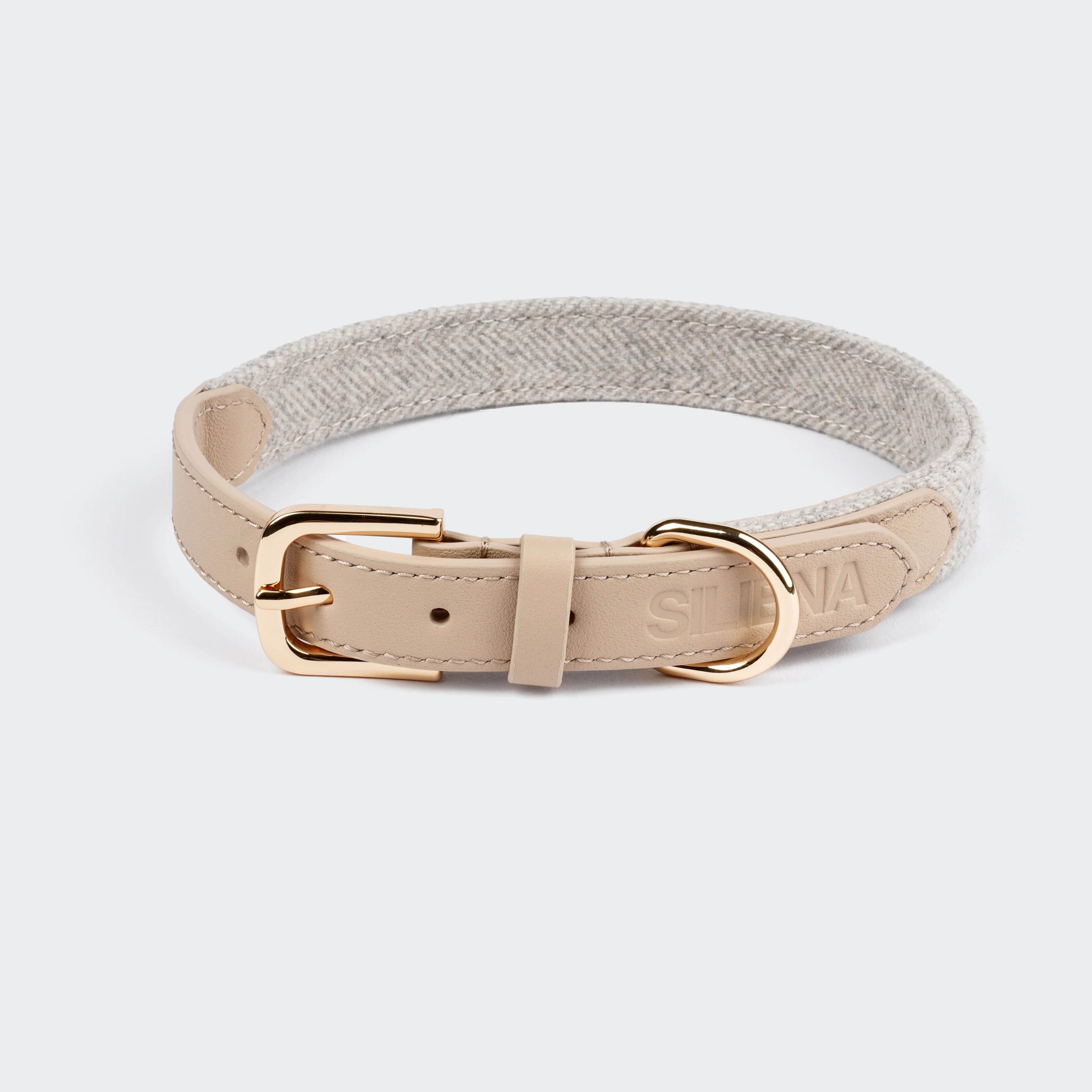
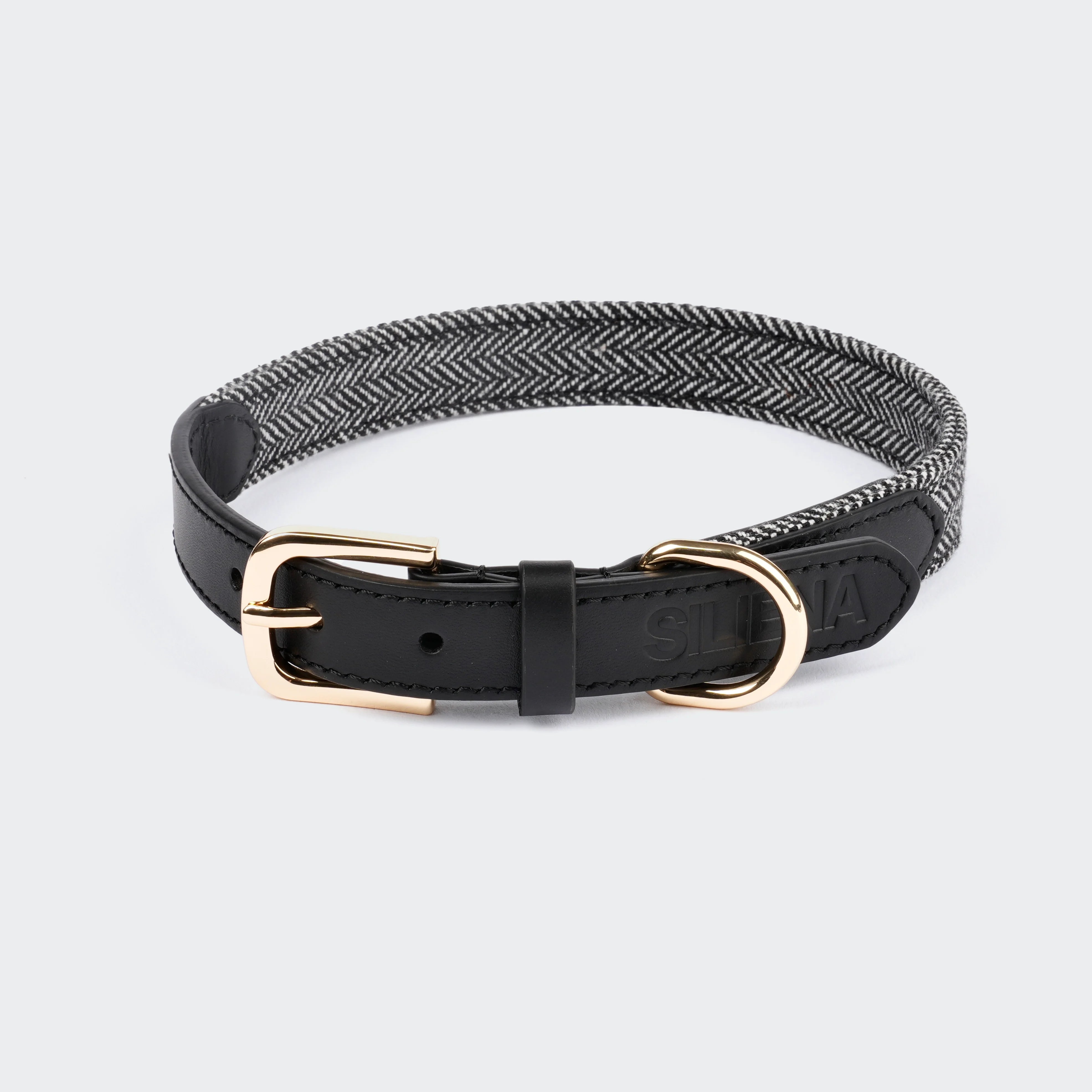
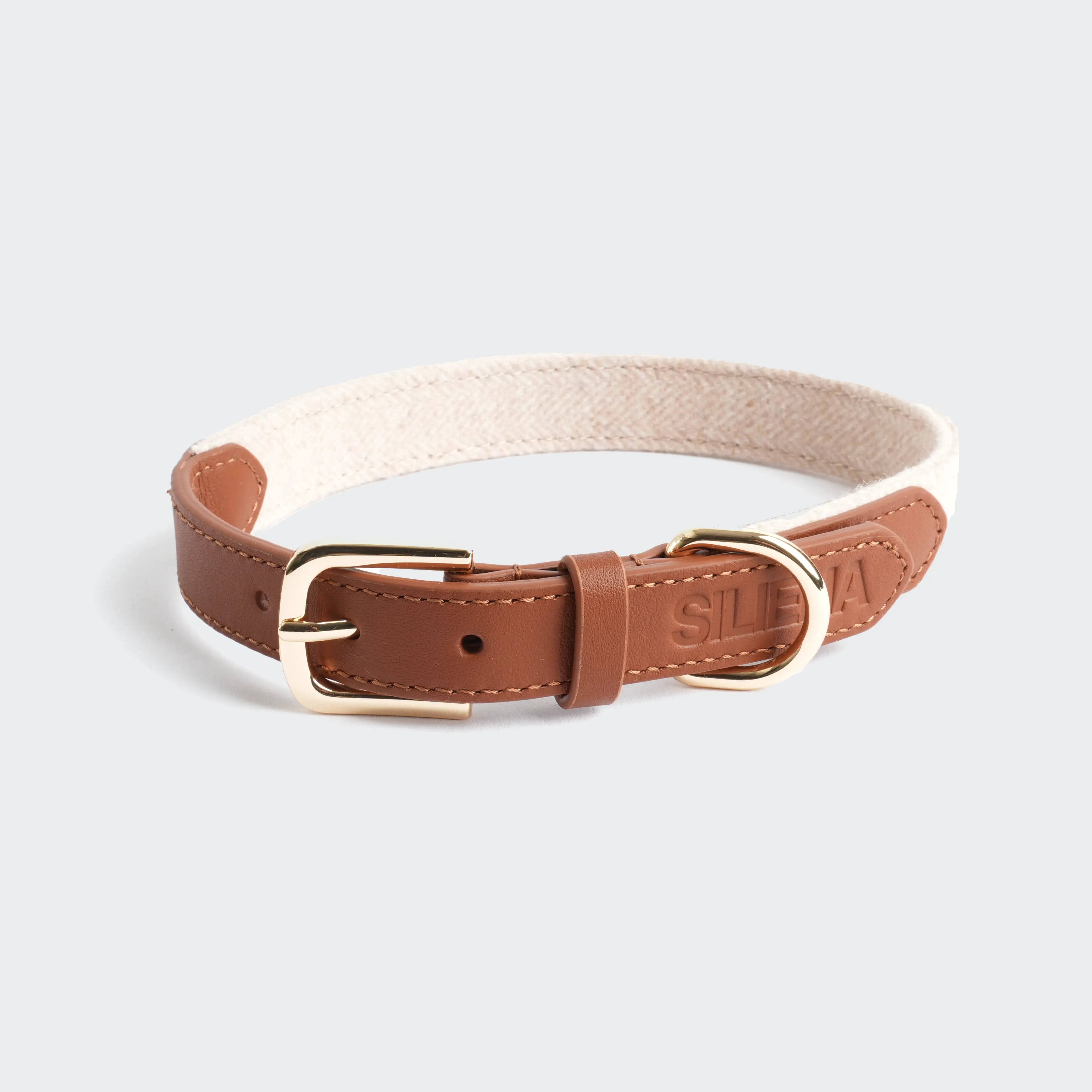
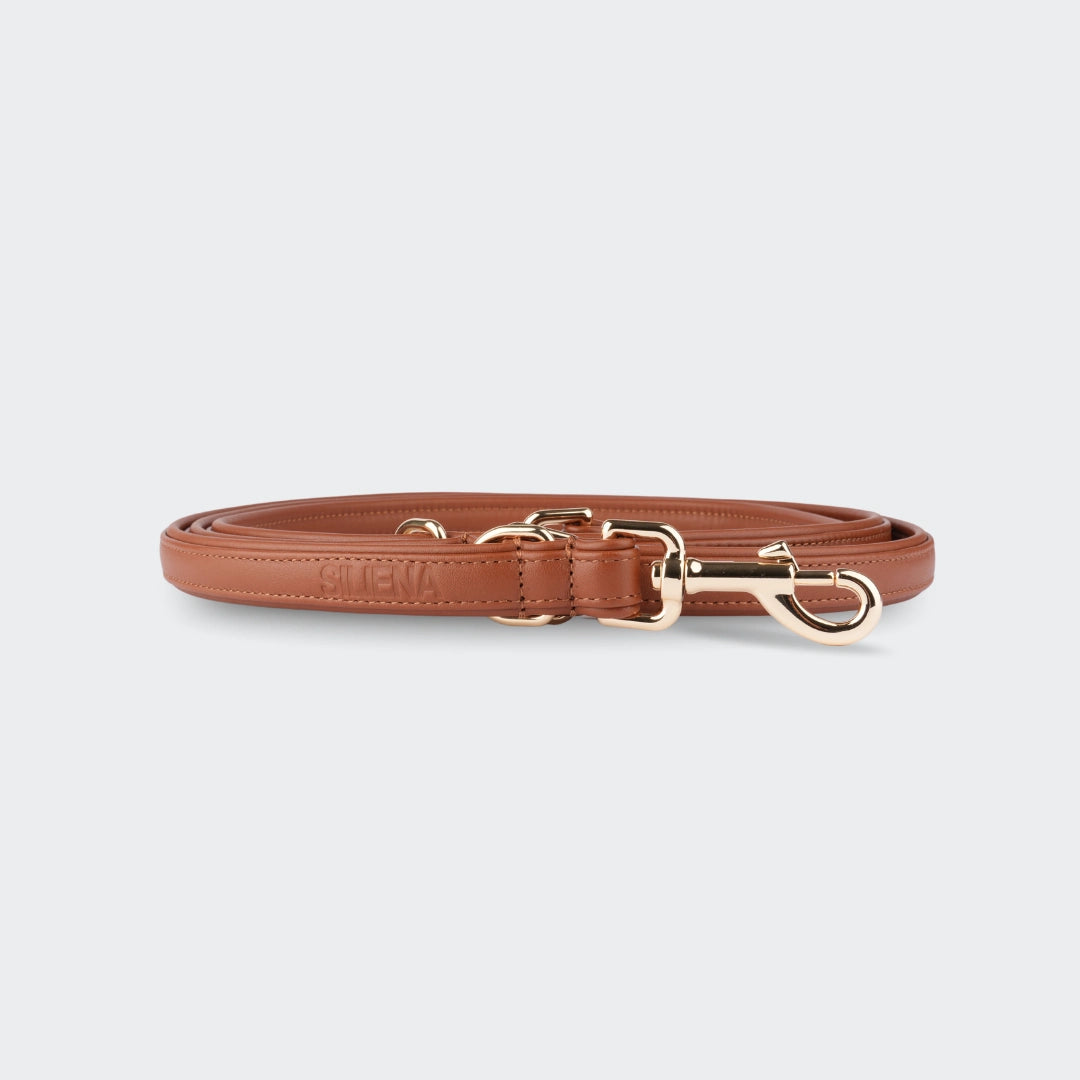
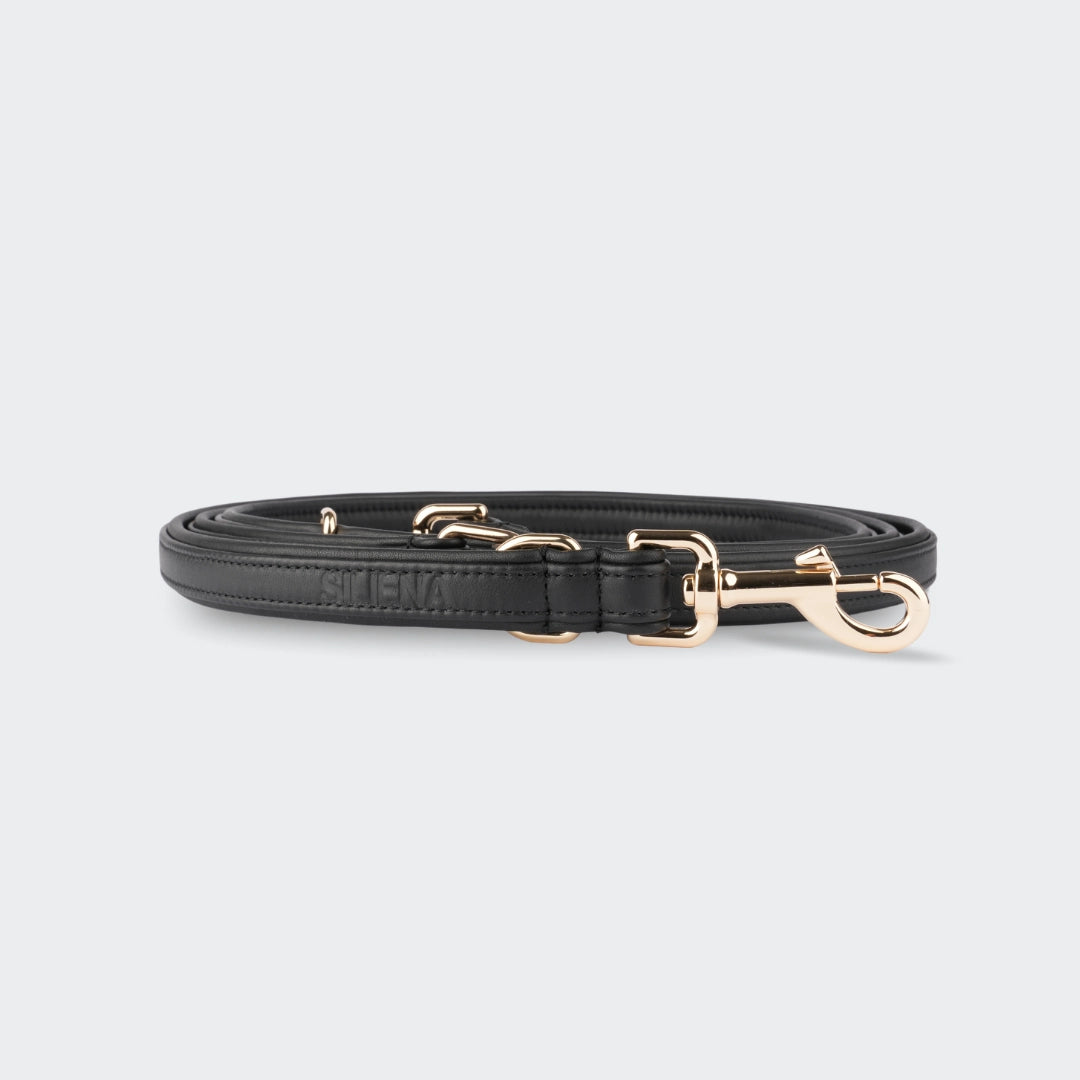
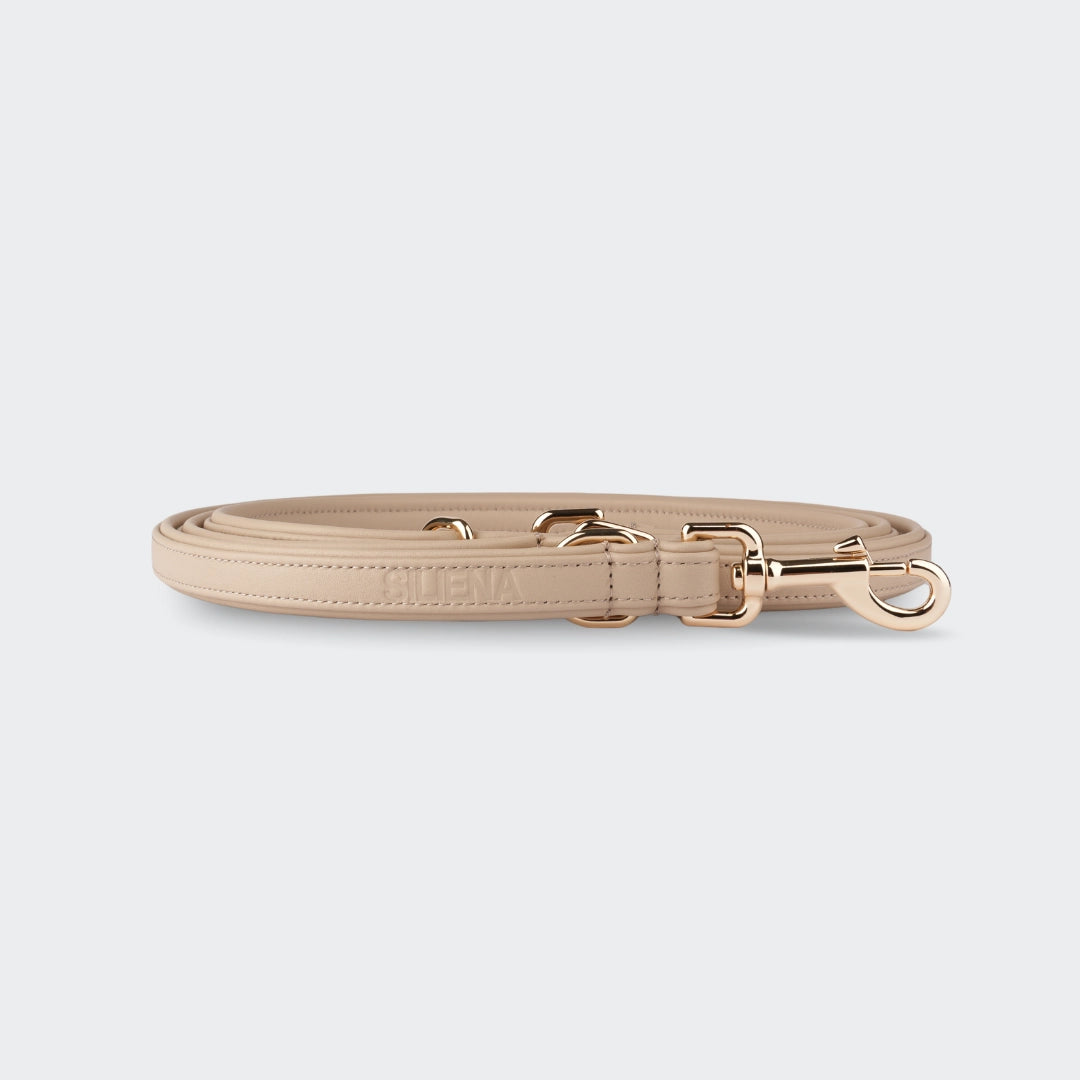
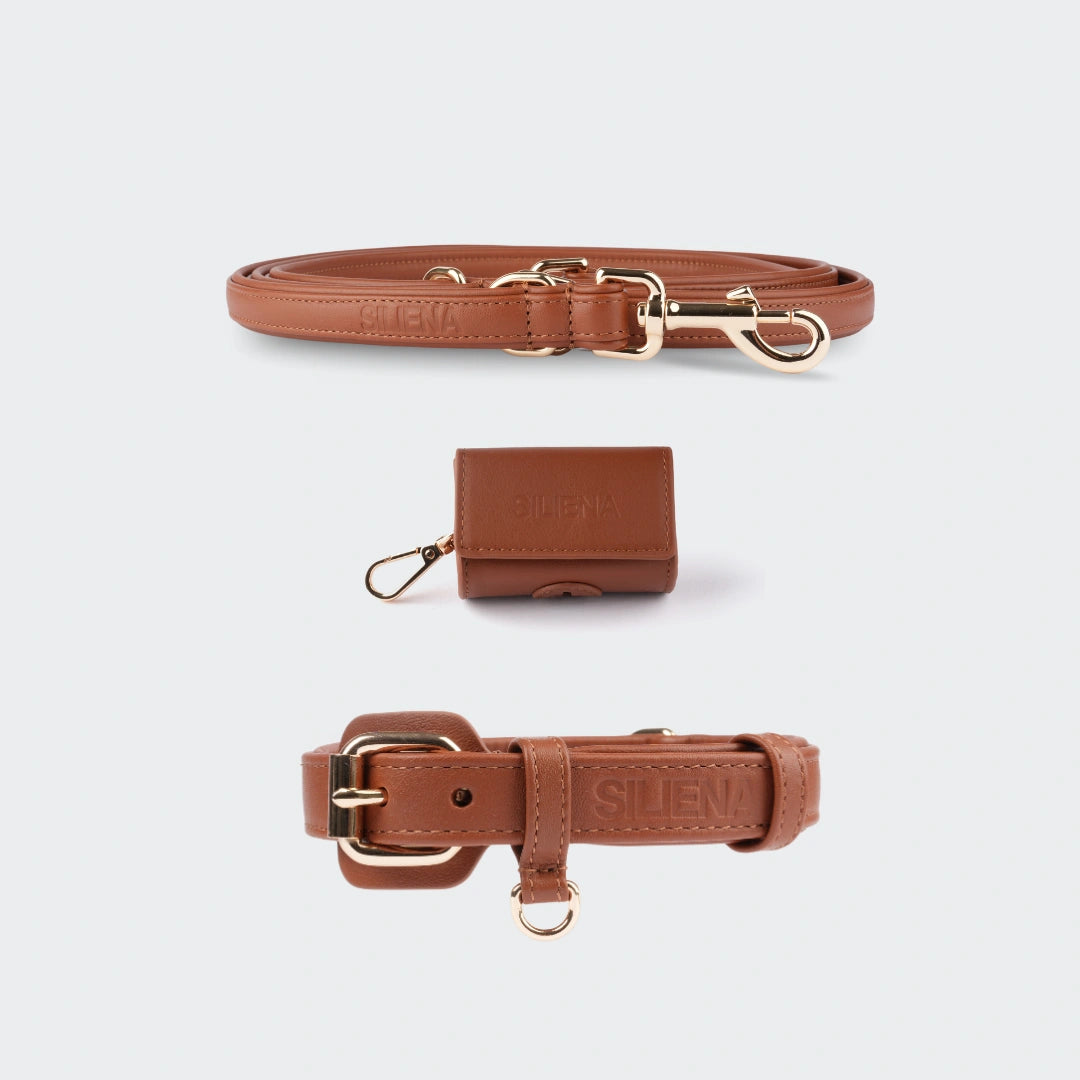
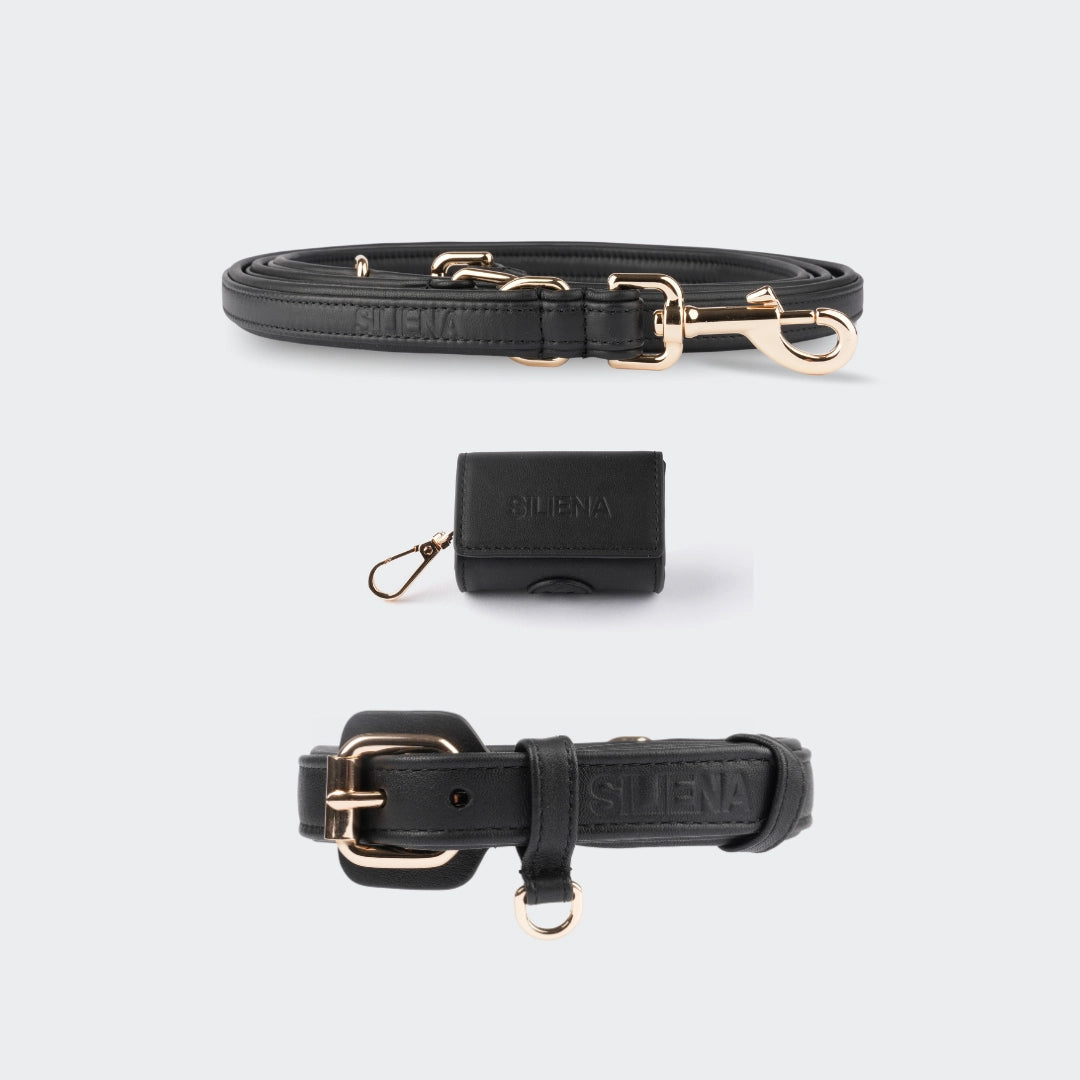
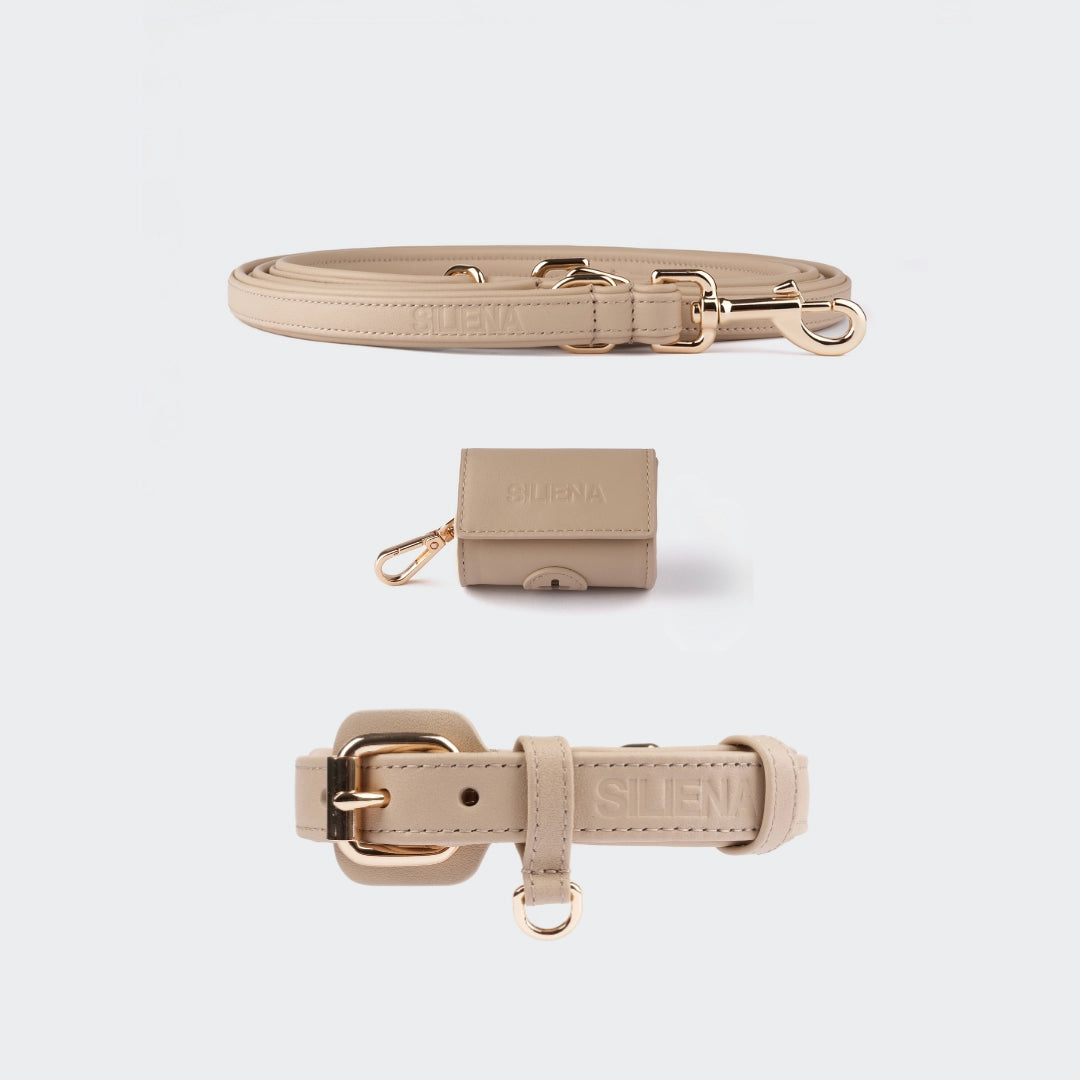
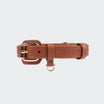
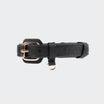
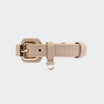
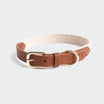
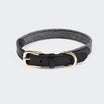
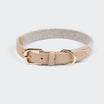
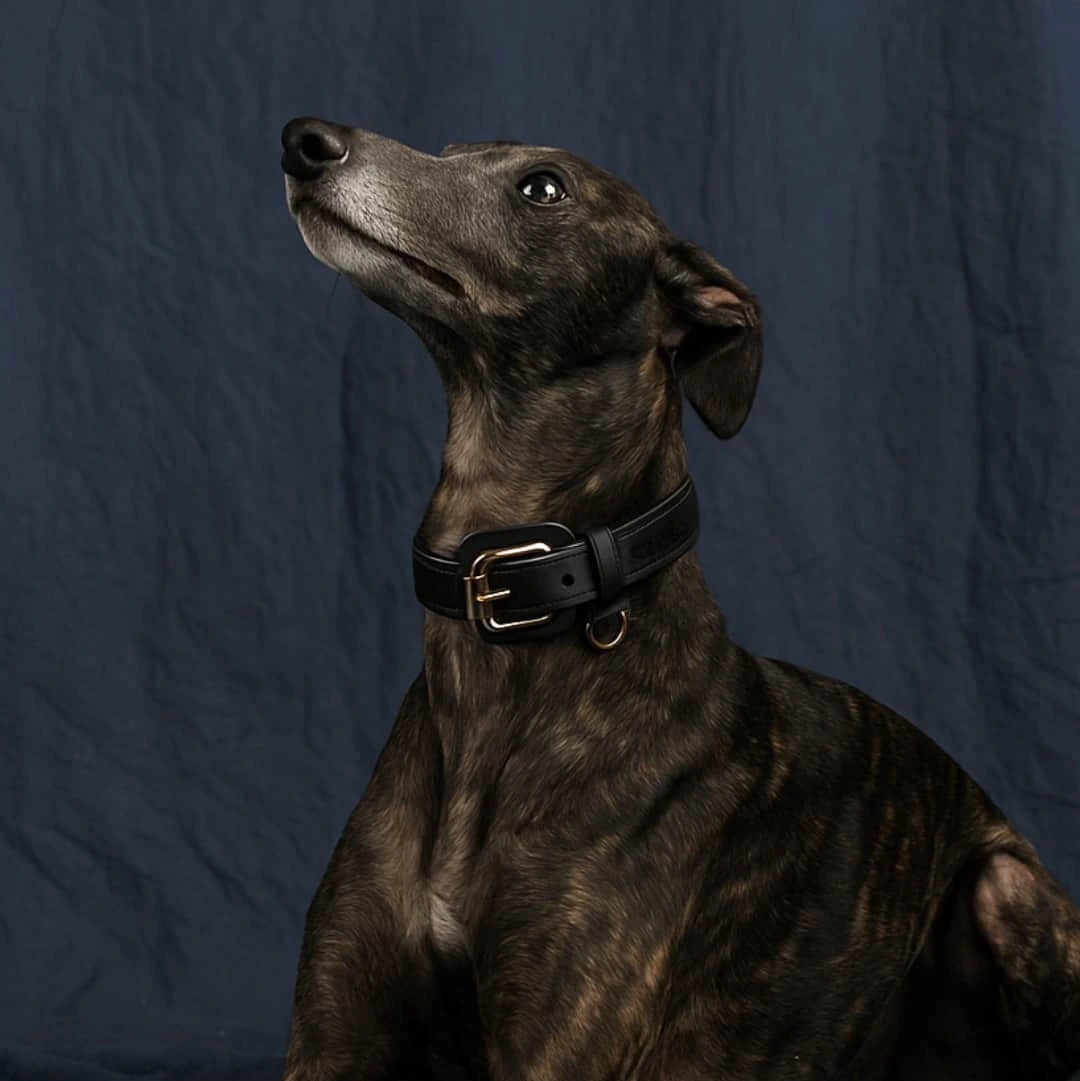
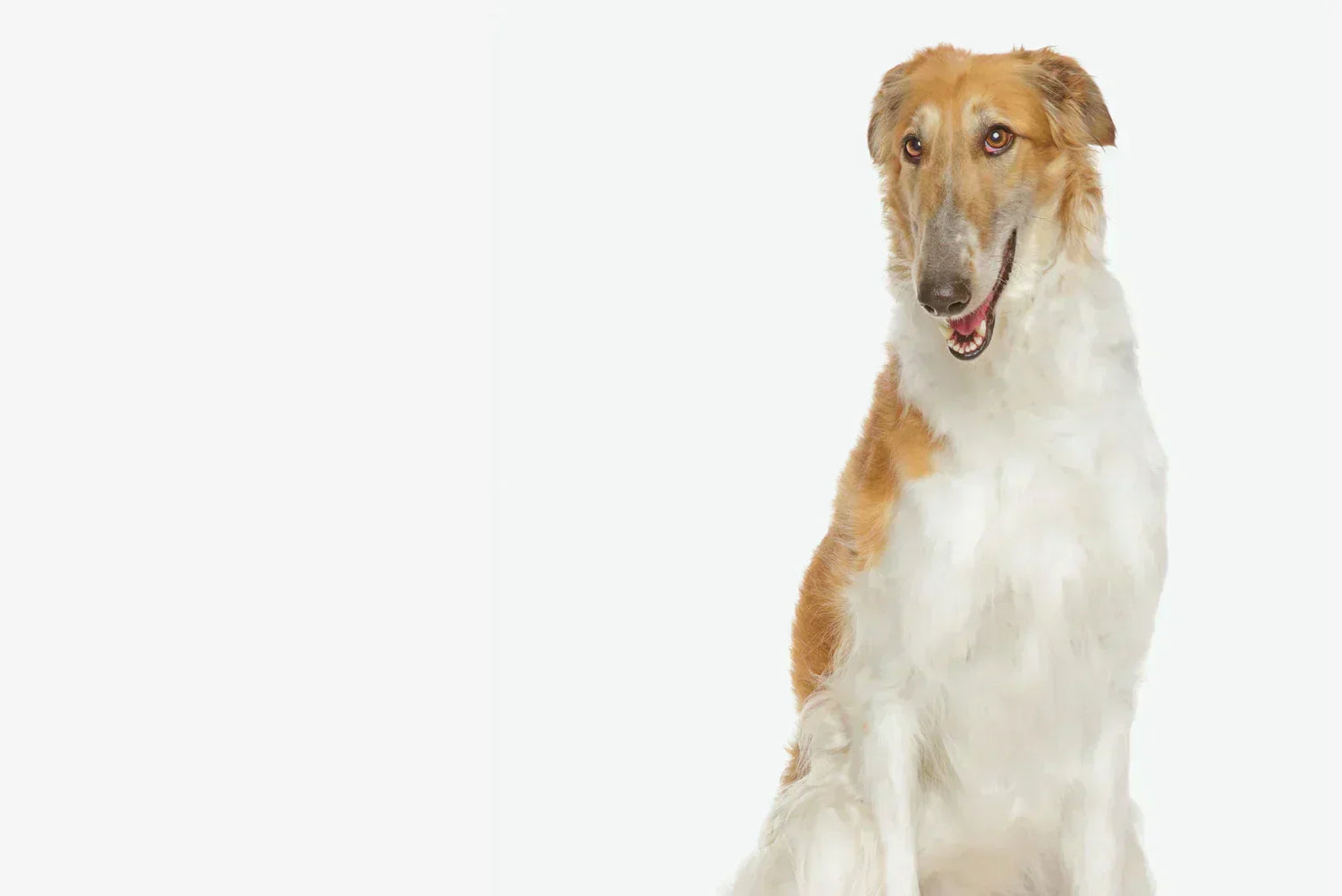
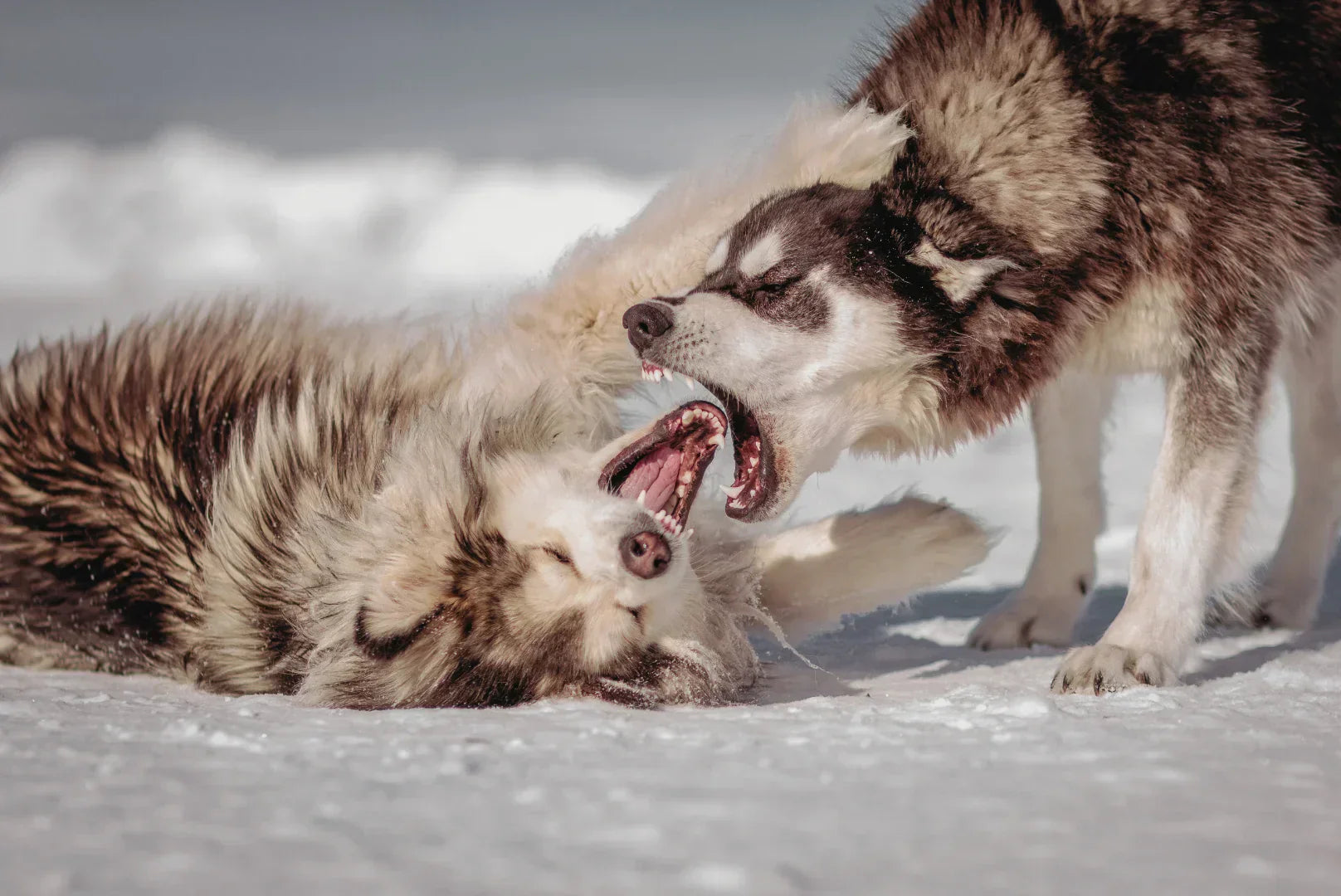
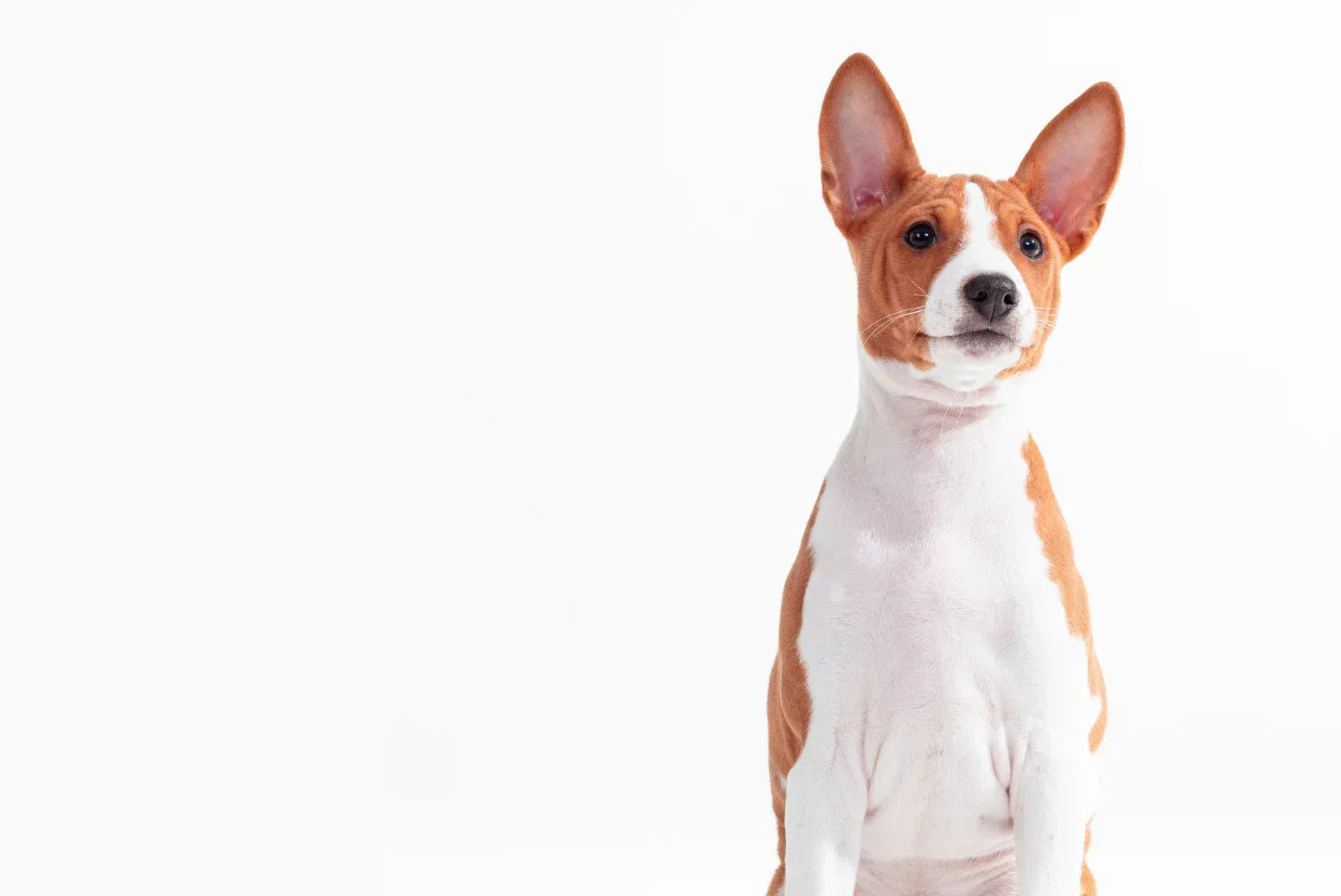
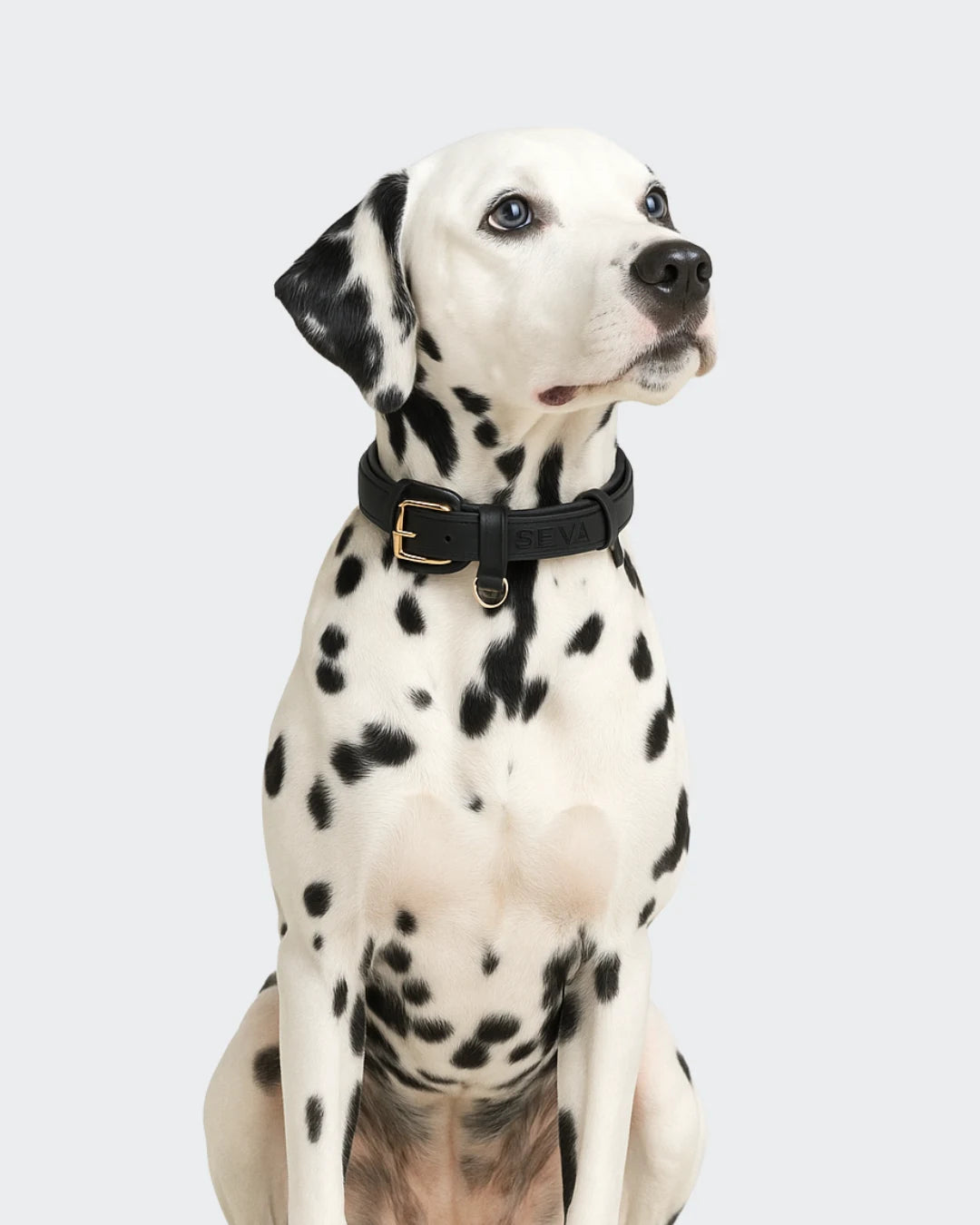
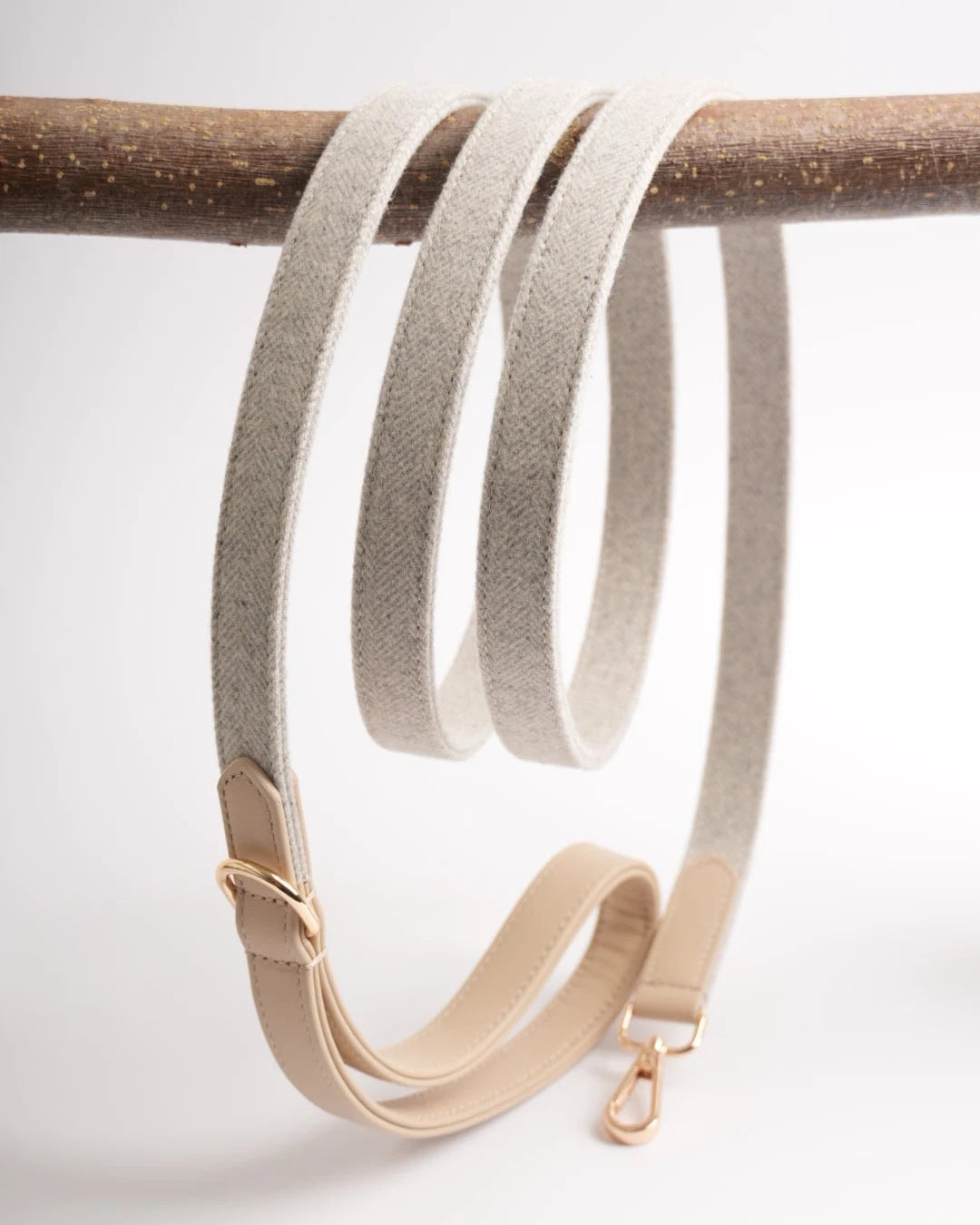
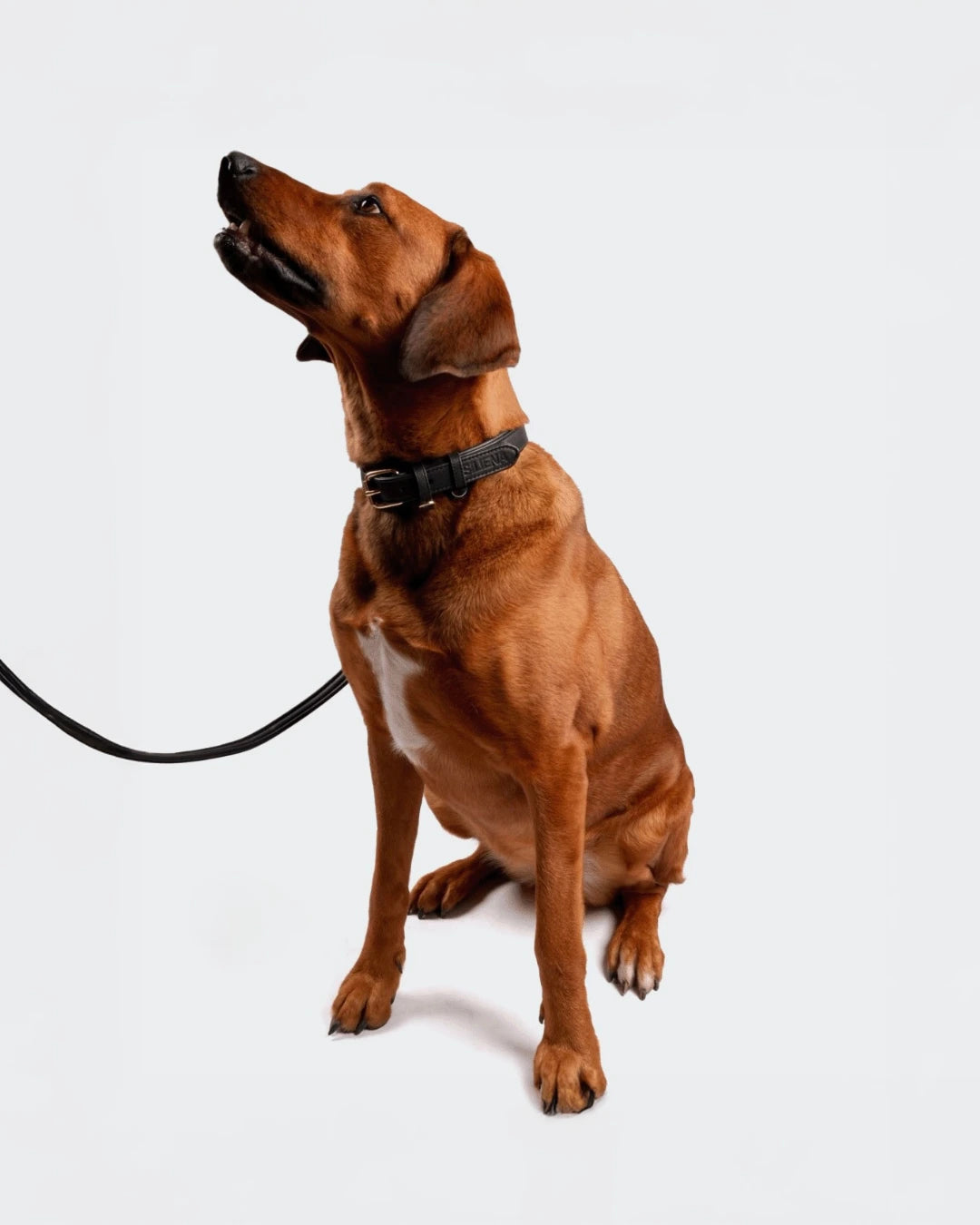
Leave a comment
This site is protected by hCaptcha and the hCaptcha Privacy Policy and Terms of Service apply.